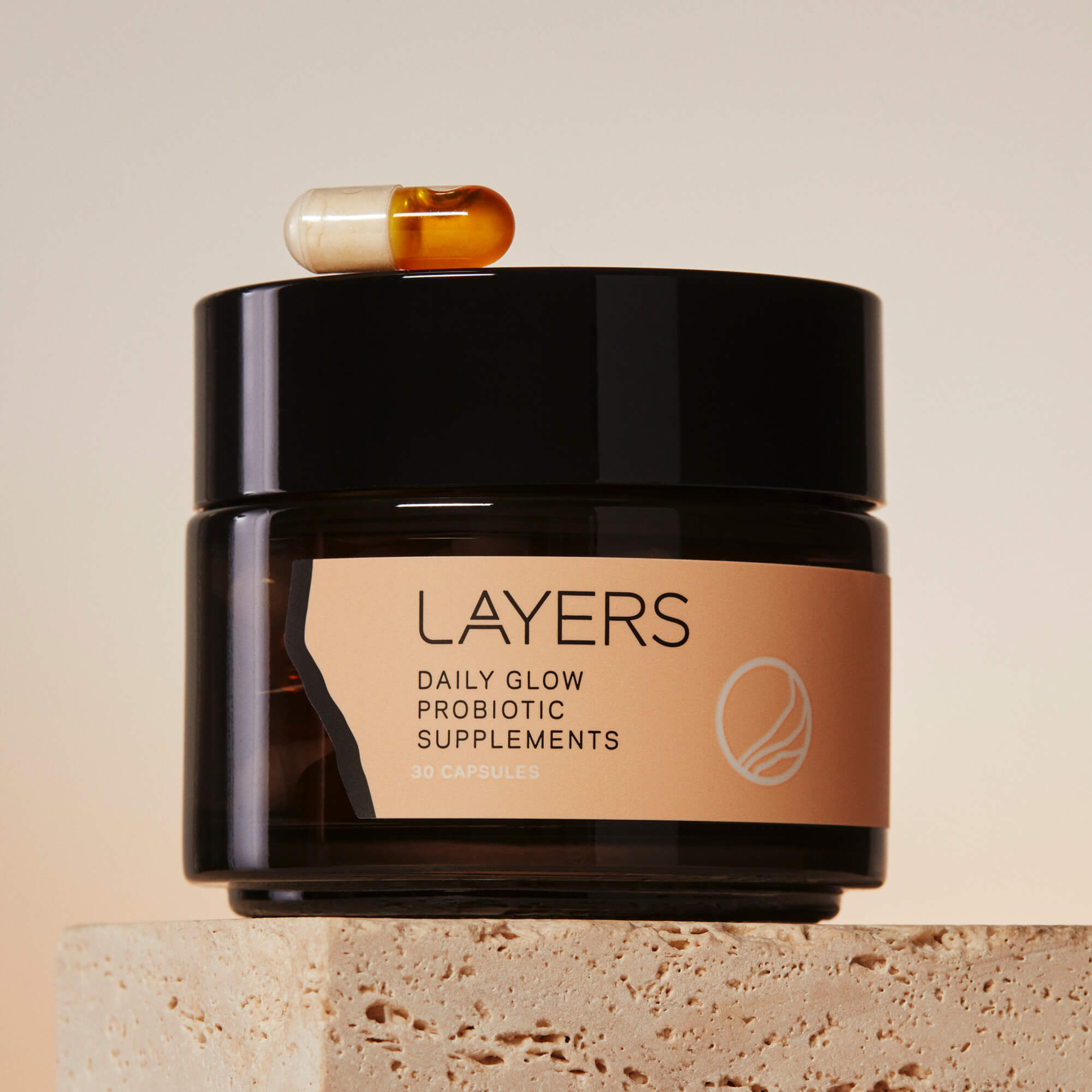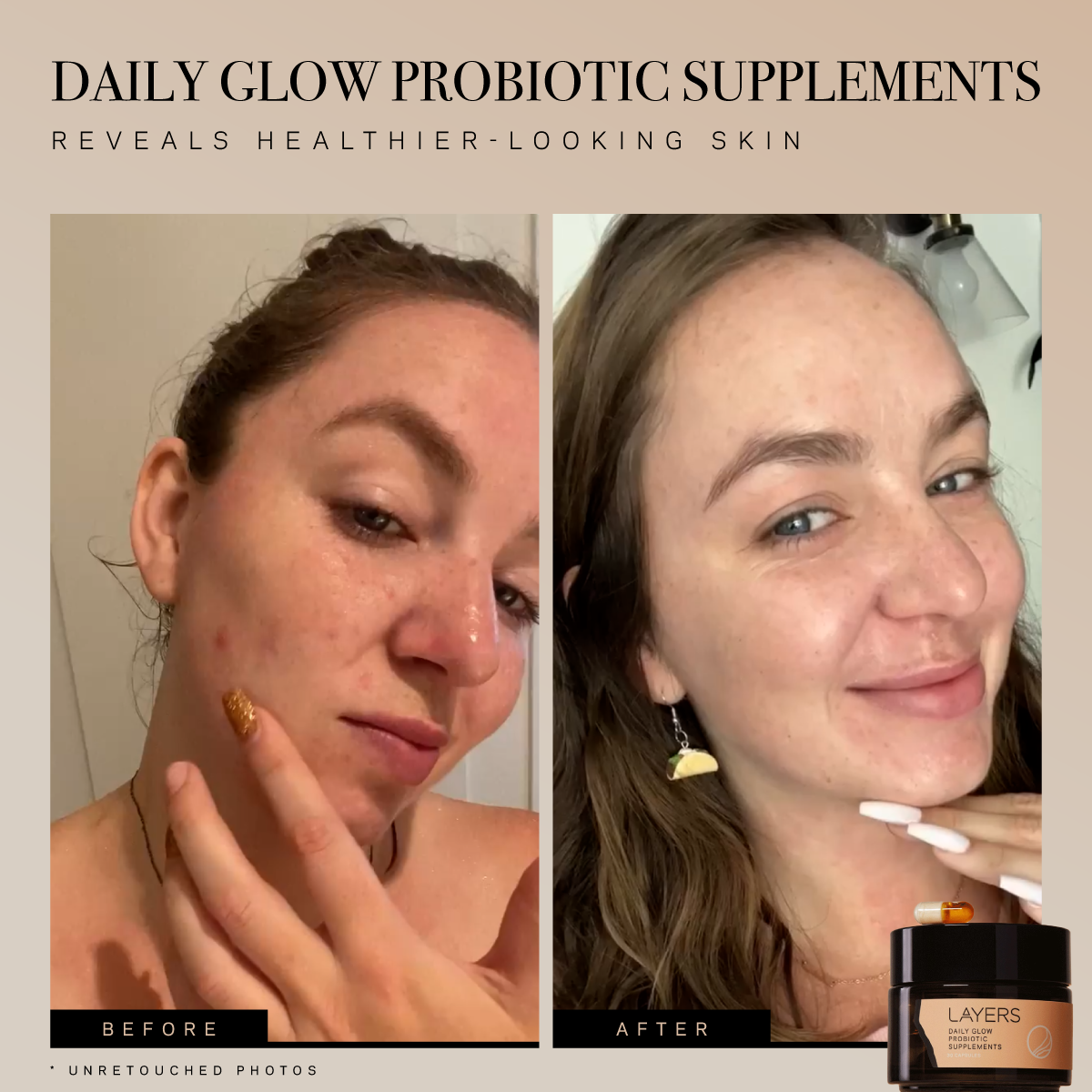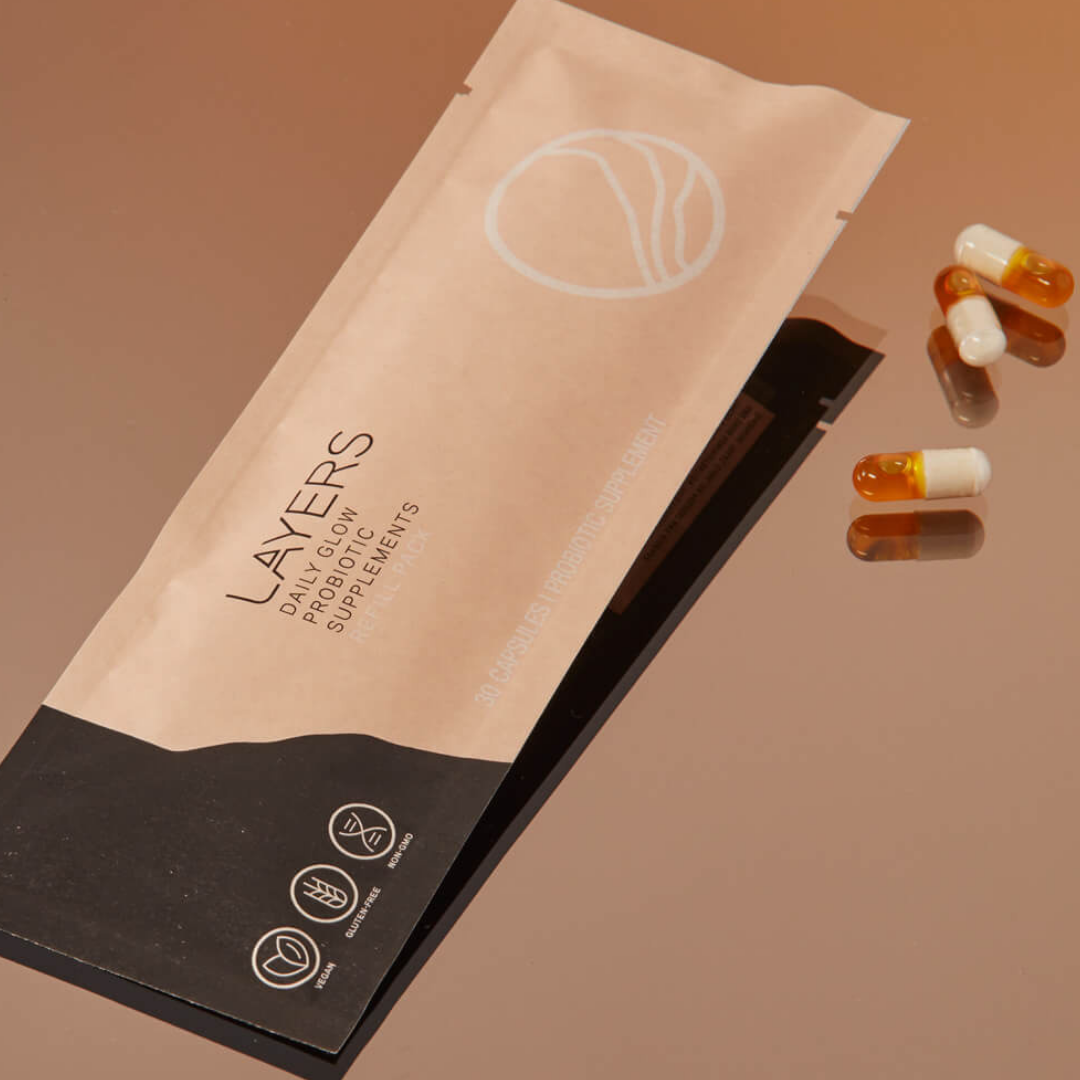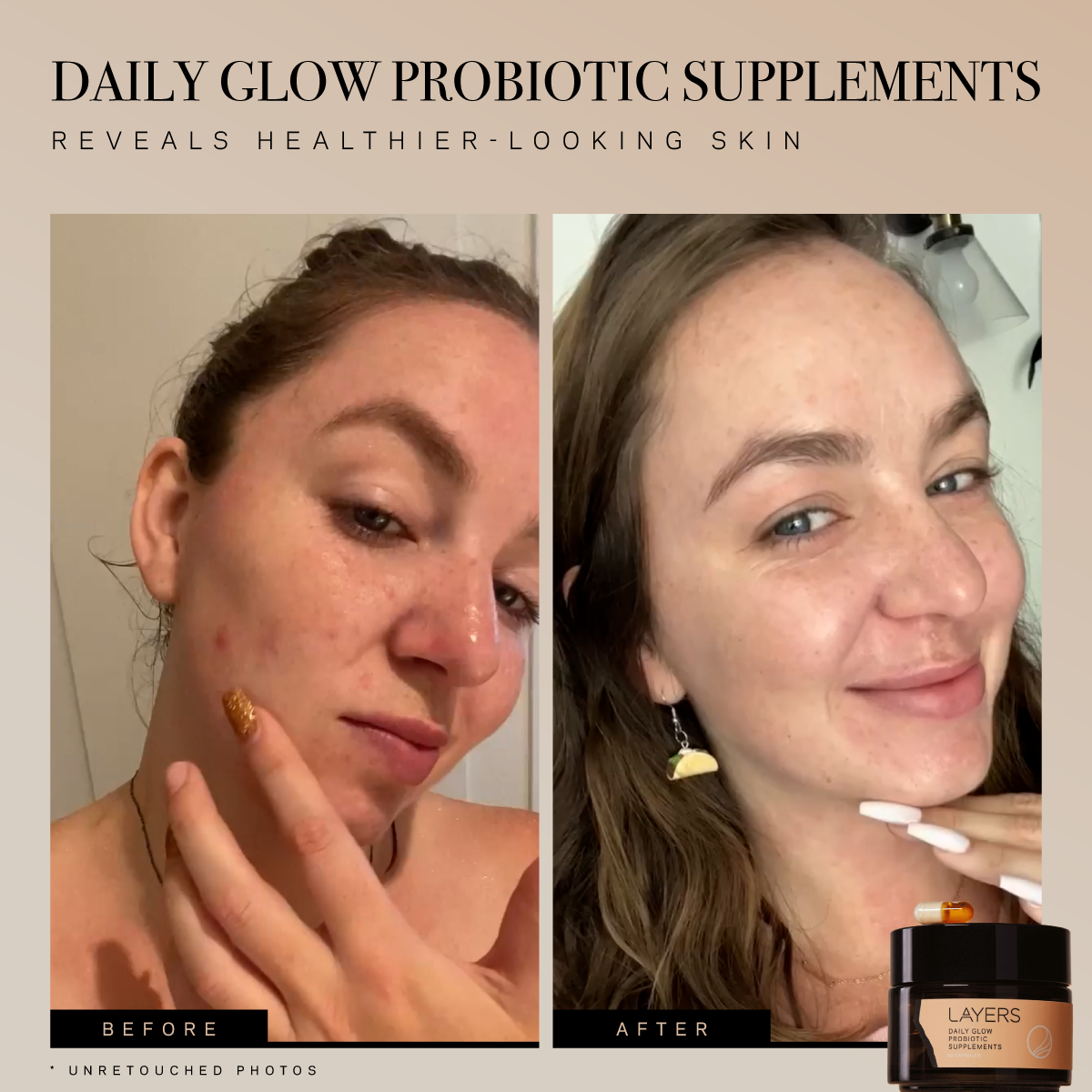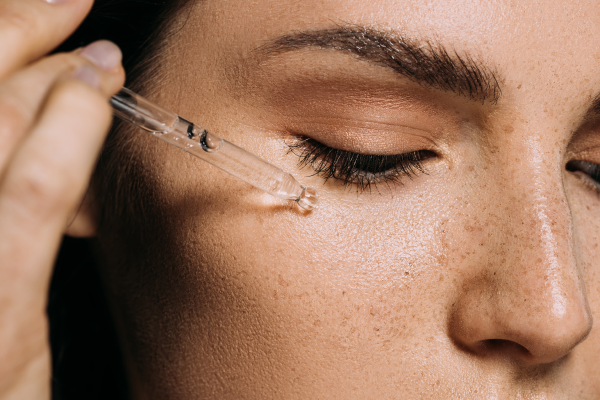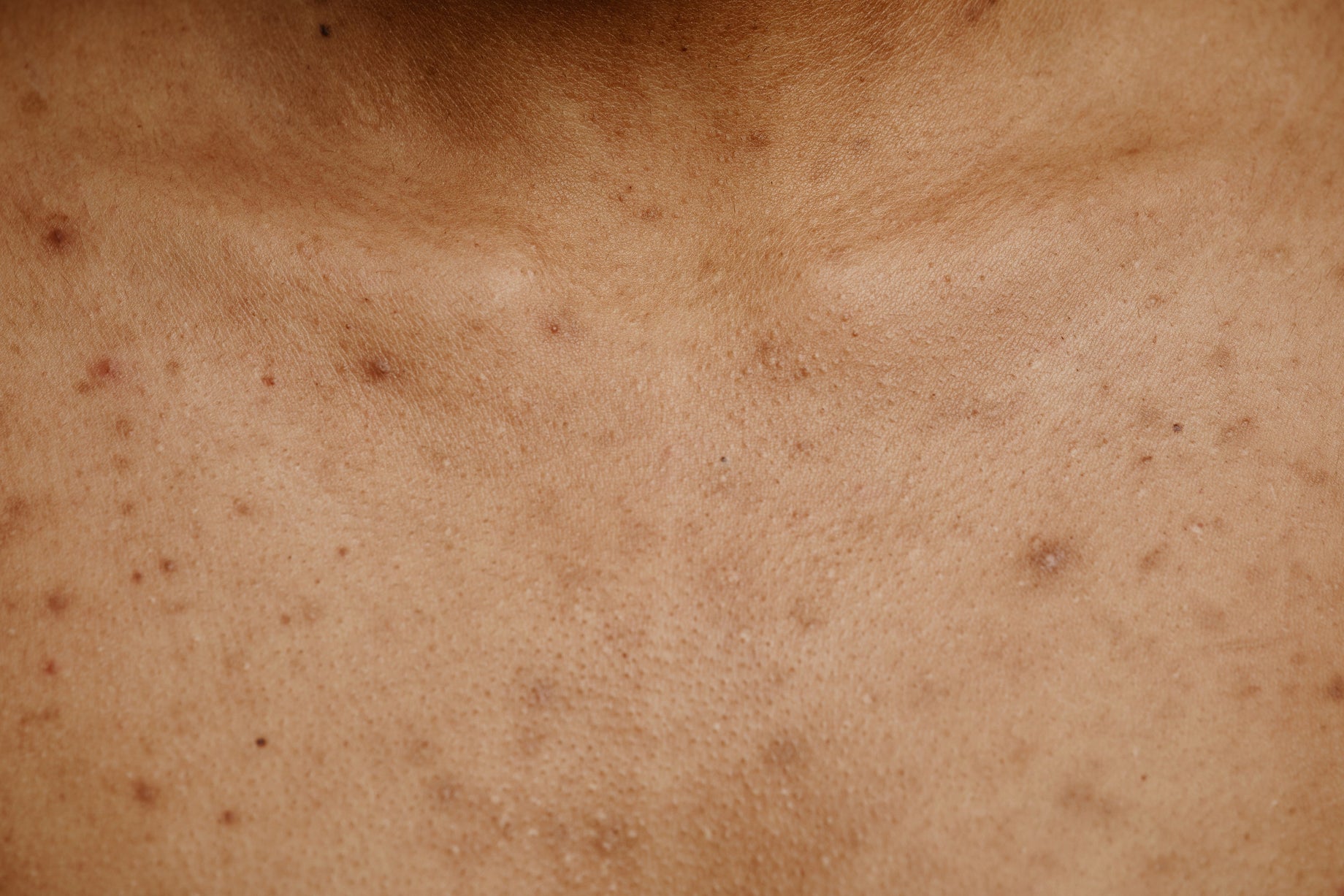Before adding to your beauty routine, learn what skin-savvy serums are really bringing to the table.
There’s something innately mysterious about serums. These tiny elegant bottles with petite pumps and eye droppers have gone from an elite beauty secret to a quickly adopted routines of the masses. But before you break out the credit card for one of these sometimes costly concoctions, let’s unpack the mystery and understand if, and how, they benefit your skin.
WHAT ARE SERUMS?
It’s time to talk chemistry. There’s a sentence that needs to come with a warning, right? It’s actually not too complicated, we promise. Every product you apply to your skin has its own molecular weight. Think of this as the size of the molecules that make up each ingredient. Higher molecular weights only pass through certain levels of the epidermis, whereas lower molecular weights are smaller and thus, they can penetrate deeper into the skin.
This is why, when it comes to serums, ingredients matter. If anything is slipping beyond your outer skin layer, you want powerful ingredients that are going to be highly effective. Serums aren’t your average skincare product. They have a specific job to do. You can kind of think of serums as hyper-focused taskmasters.
DO SERUMS WORK?
Due to their lower molecular weight, we know that the ingredients in serums are able to penetrate deeper into the skin. But then what? Well, a 2011 study among women between the ages of 25-55 participated in a 2-week clinical trial. Half of the group added serums before moisturizers, and the other half used moisturizers only. After two weeks, the serum group showed significant improvements in all skin parameters, including a reduction in dryness and increased skin softness.
A similar study focused on the efficacy of serums in addressing the appearance of fine lines and wrinkles. Participants saw significant improvements after 4, 12, and 24 weeks in issues related to photodamage, including overall skin tone, firmness, moisture levels, the appearance of pores, pigmentation, skin radiance, and texture. Most significantly, after only 12 weeks, 71% saw a reduction in inflammation and 94% noticed improved hydration. In a nutshell, serums work.
HOW DO YOU USE A SERUM?
Remember that thing about the molecular weight? That’s important to keep in mind because again, serums can be costly so you want to make sure you’re using them correctly to make that investment count. Everyone’s beauty routine differs slightly, but serums should be applied directly to your skin after cleansing. This allows them to penetrate into your skin without barriers.
After you’ve applied your serum, you want to lock it in with an occlusive moisturizer. The molecular weight of moisturizers, given their thick and creamy nature, is higher, so they contain ingredients that don’t penetrate as deeply as serums. Their job is to create a layer that holds onto those serum benefits securely in the deeper layers of the epidermis.
HOW TO LAYER WITH SERUM
If the idea of adding yet another product to your skincare routine has you rolling your eyes, then fear not. The Layers Probiotic Skincare line is specifically formulated to work together, delivering big results in fewer steps. We’re skinimalists, after all. It’s important to remember that your skin microbiome is well aware of its job requirements, so less is more unless you’re trying to upset the beast (Inflammation? No thank you!).
So for example, your skincare layering process would look like this:
If you chose to jump on the serum train, you can expect results. The beauty of serums is how targeted they are. You can seek out specifics, like serums for acne control or intense hydration, as you need them. If you’re looking for hydration, increased elasticity, and a decrease in the appearance of wrinkles, our Renewing Probiotic Serum is clinically proven to do all of the above. Plus, it contains lactobacillus ferment to rebalance your skin flora and lactic acid, our favorite AHA, to gently slough away dead skin cells and promote turnover.
And one final word. While it may be hard to click that purchase button when you see the price of a good quality serum, we’ve got good news. Most serums have a gel-like consistency, meaning a little goes a long way. You’re using about a pea-sized drop once or twice a day. So, a small bottle can last you several months. When you break it down, that’s a lot of bang for your beauty buck!

